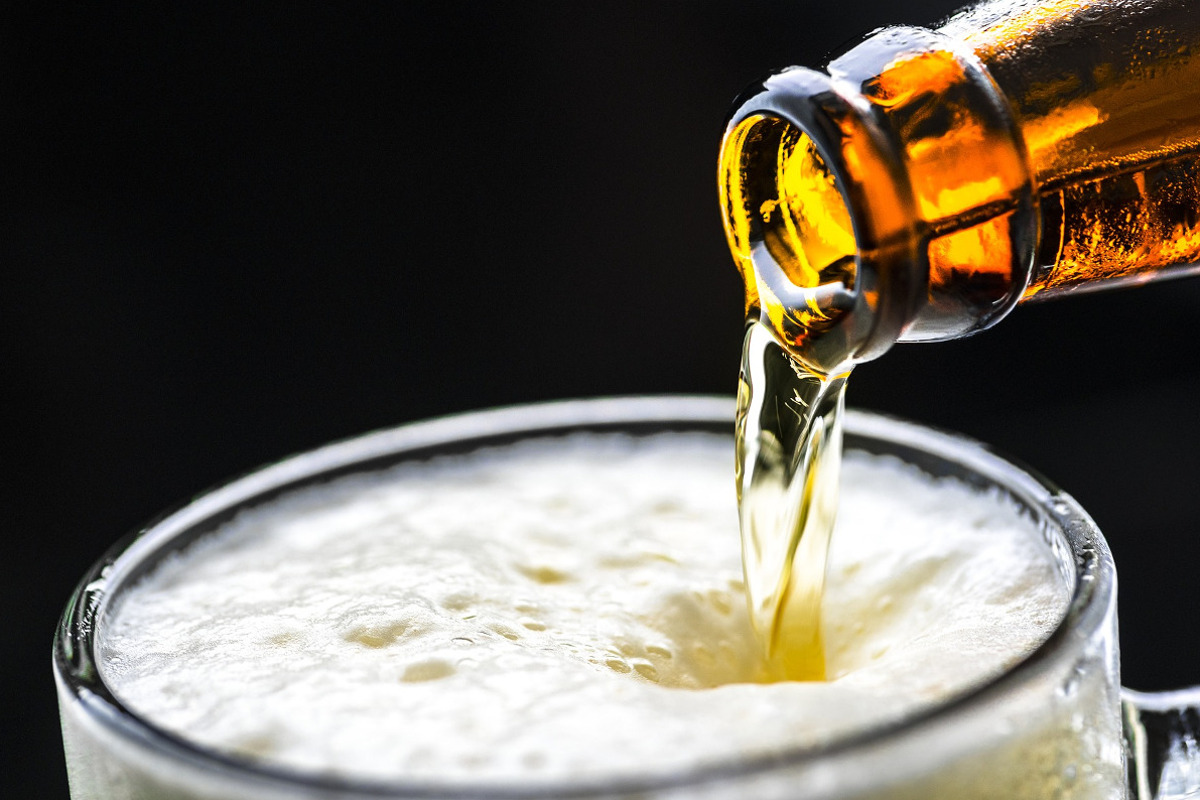IWSR market analysis firm anticipates that the beer category will remain largely buoyant in 2023, with forecast volume growth of between +1% and 2%. Despite the uncertainty created by ongoing macroeconomic and geopolitical challenges, there are still many opportunities for beer globally. While the cost-of-living squeeze is taking hold in many markets, IWSR expects that beer – seen as ‘an affordable luxury’ – will remain largely resilient as consumers defer bigger-ticket purchases.
Discover authentic Italian beer on the Italianfood.net platform
ONGOING ON-PREMISE RECOVERY
Although beer sales in the on-premise are still expected to reach pre-Covid levels by 2025, the fragile economic environment is likely to delay the recuperation of alcohol sales generally in the on-premise channel. This will have implications for the brewing community and, notably, the smaller craft players, which are more reliant on these outlets.
IMPROVING RESULTS IN THE TOP THREE MARKETS
The biggest worldwide market for beer, China, underperformed last year due to the return to strict shutdown conditions. But with China re-opening its borders in January 2023 after three years of travel restrictions and quarantine requirements, the on-premise is expected to enjoy a bounce-back boosting the channel and the beer category as a whole. Some brewers have already reported seeing a notable rebound in markets in the Asia-Pacific region last year as Covid-related restrictions were eased, particularly in Vietnam, Malaysia, Cambodia, and Indonesia.
In the US, preliminary 2022 findings show that while total beer continues to recover from pandemic losses, imports (led by Mexican beer) showed positive volume gains (+4%) for the year. Although beer sales are predicted to continue to contract in the number two market for beer, losses may not be as marked as previously thought.
There is continued optimism for beer volumes in 2023 for Brazil, Mexico, and Latin America generally. This part of the world has been the focus of considerable investment by brewers in recent times – and this spending is yielding strong results. IWSR expects beer volumes in Brazil and Mexico – the third and fourth largest beer markets respectively – to continue to grow over the coming years.
THE GROWING IMPORTANCE OF E-COMMERCE
Across the 16 most influential e-commerce markets, beer is set to generate the fastest online growth over the next few years. Together with cider and RTDs, it will account for nearly a quarter of e-commerce value sales by 2026 as the major brewers increasingly recognize the opportunities that this channel has to offer.
AB InBev and Heineken, for example, are not only investing in selling to consumers online but also in building their digital b2b platforms to service their trade clientele, especially in emerging markets where traditional trade remains very important. Heineken reported that in the first nine months of 2022, it more than doubled its e-commerce sales.
PREMIUMISATION CONTINUES TO GROW
The online environment is well suited to promoting premium brands, and the expansion of online beer sales should help to facilitate the ongoing premiumisation of the beer category. Despite the inflationary pressures of 2022, the process of premiumisation appears to be enduring and is likely to again this year. This was very evident not only in China and Asia–Pacific last year but in markets across the globe, as brewers focused on selling their higher-end brands and consumers spent more on their at-home experiences to compensate for less frequent Horeca visits. This trend is expected to continue into 2023 as consumers increasingly perceive beer as an ‘affordable luxury’, thus propping up value within the category.
NO-ALCOHOL SEGMENT TO MAKE FURTHER GAINS
Premiumisation will mean that value will outperform volume performance, which will have a positive impact on brewer margins. No-alcohol beers are normally not liable to any duty but often still command an attractive retail price for operators. Widening availability, increased marketing support, innovation, better-tasting product, and rising consumer engagement are driving opportunities for the segment. Technological advances will mean that, in 2023, we will likely see more draught no-alcohol beers feature in the on-trade, giving them even more of a presence.


